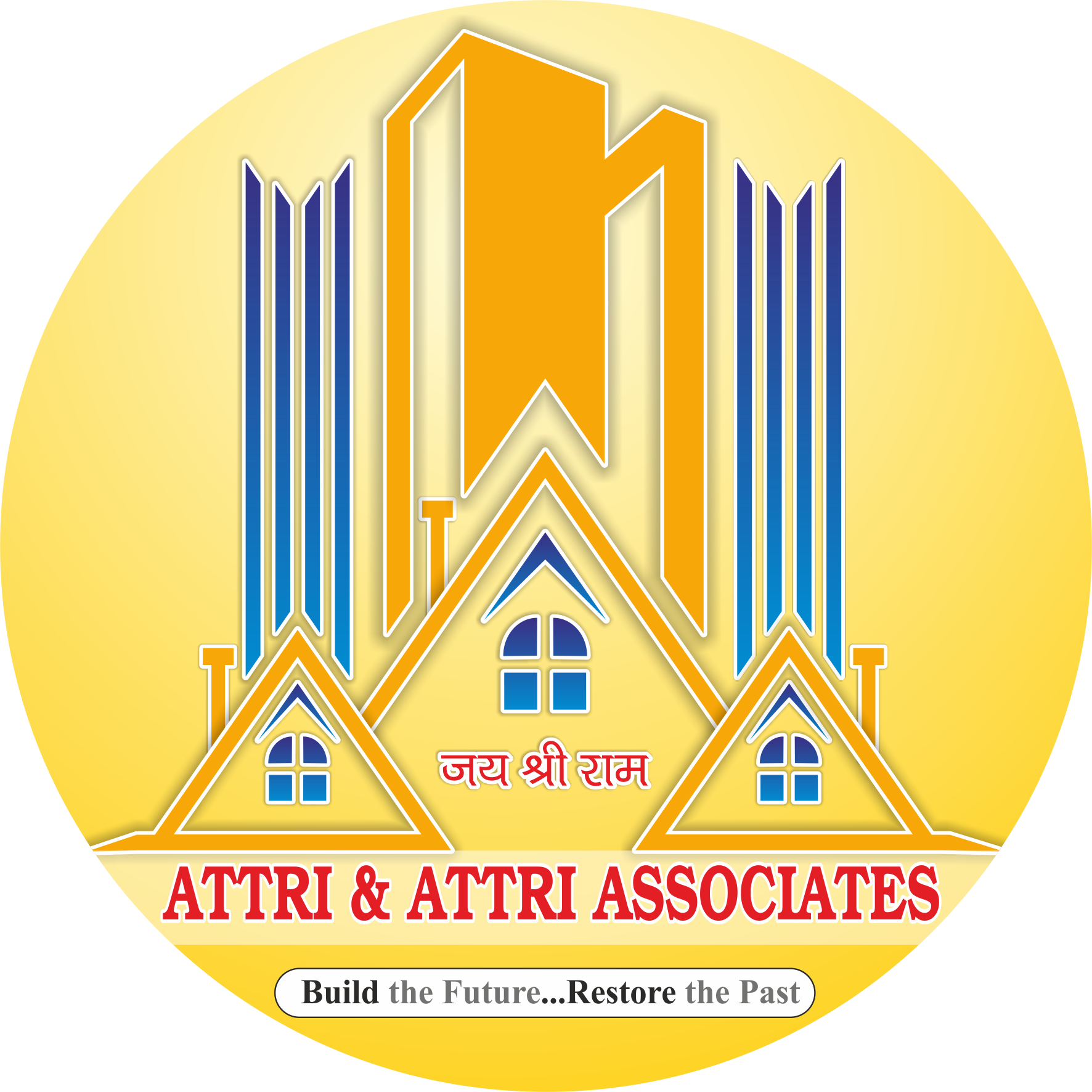OUR STORY
The art or practice of designing and building structures and especially habitable ones..
The art or practice of designing and building structures, especially habitable ones, is commonly known as **architecture**. Architecture involves both the aesthetic and functional aspects of creating buildings and other physical structures that serve various purposes, ranging from residential homes to commercial buildings, public spaces, and even urban planning.
Architecture encompasses the art and science of designing and constructing buildings and other physical structures. It involves the planning, designing, and construction of spaces that serve both functional and aesthetic purposes. Architects consider factors such as aesthetics, functionality, safety, sustainability, and social aspects when designing buildings. Architecture is not just about creating structures; it also involves shaping the environment to meet the needs of individuals and communities while considering cultural, historical, and environmental contexts.
Quality
In the context of architecture, "quality" refers to various aspects that contribute to the overall excellence and effectiveness of a building or structure. Achieving high quality in architecture involves balancing these aspects while considering the specific requirements and constraints of each project.
Integrity
Maintaining integrity in architecture requires careful consideration of these aspects throughout the design, construction, and maintenance phases of a project. It ensures that buildings are not only visually appealing and functional but also sustainable, safe, and respectful of their broader impact on society and the environment.
Innovation
Innovation in architecture involves the creative exploration and application of new ideas, technologies, and approaches to design and construction. It encompasses pushing boundaries, challenging norms, and seeking novel solutions to address current and future challenges in the built environment.
Safety
Safety in architecture requires collaboration among architects, engineers, contractors, and other stakeholders throughout the design, construction, and occupancy phases. It involves adherence to standards, codes, and best practices to create environments that promote the well-being and security of all users.
Creative
Creativity in architecture involves the innovative exploration and expression of ideas, resulting in unique and meaningful designs that inspire, enhance functionality, and respond to the context in which they exist. Creativity in architecture is a dynamic process that balances vision with practicality, embracing the challenges and opportunities presented by each project to create architecture that enriches the human experience and leaves a lasting impact on society.
Imaginary
In architecture, the concept of the "imaginary" refers to the realm of possibilities and creative exploration beyond the constraints of current realities. It involves envisioning and conceptualizing spaces, forms, and environments that exist in the imagination rather than in tangible physical form.

Our Company is One of the best in Position
It sounds like your company is in a strong position, likely recognized for its excellence and achievements within its industry or field. Being considered "one of the best" suggests that your company has established a reputation for delivering high-quality products or services, maintaining customer satisfaction, and possibly leading in innovation or other significant aspects. Celebrating and leveraging this position involves maintaining and enhancing these qualities, continually innovating, adapting to market changes, and listening to stakeholders' feedback. It's a testament to the hard work and dedication of everyone involved in your company's success.
